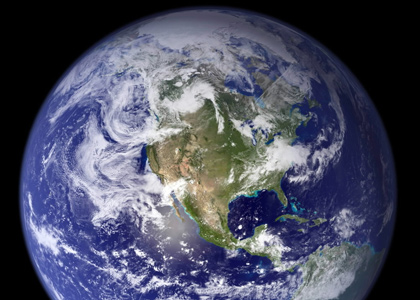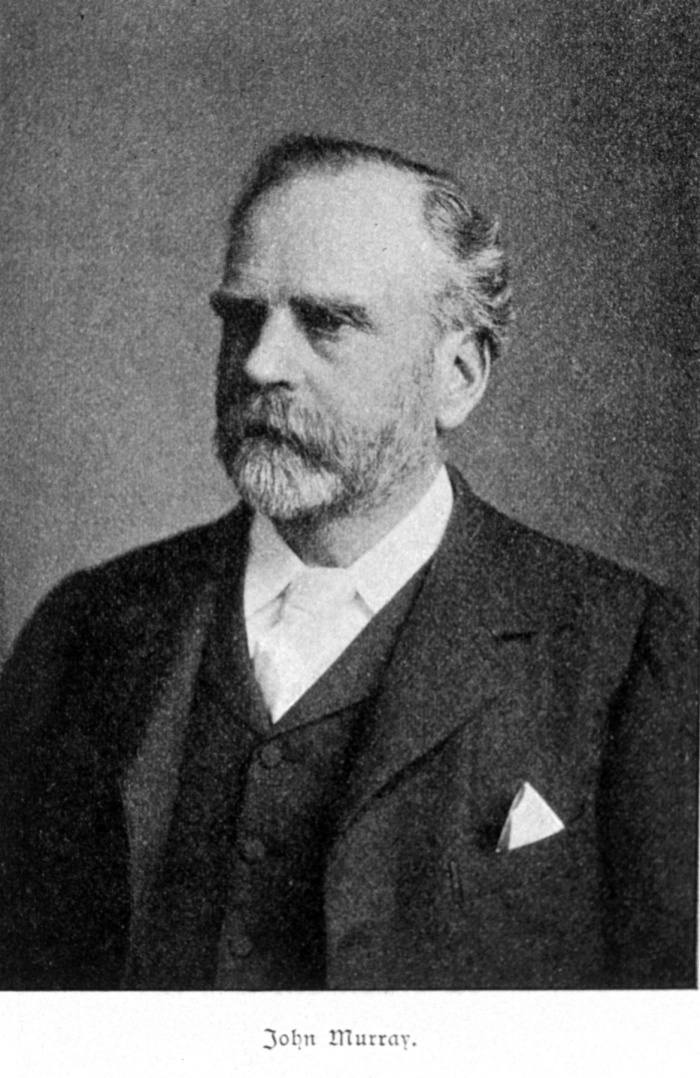 Some things we just take for granted. We know the world is round, well spherical, but there was also a time when the we of yesteryear knew that the earth was flat. Well another thing I just took for granted was that we knew how deep and voluminous our oceans were. Turns out that’s been a bit of a work in progress.
Some things we just take for granted. We know the world is round, well spherical, but there was also a time when the we of yesteryear knew that the earth was flat. Well another thing I just took for granted was that we knew how deep and voluminous our oceans were. Turns out that’s been a bit of a work in progress.
Matthew Charette of the Woods Hole Oceanographic Institute (WHOI), and Walter Smith of the National Oceanic and Atmospheric Administration (NOAA) set out to calculate the depth and volume of the world’s ocean with 21st century technology. They used the most up-to-date satellite technology, computer-modeling tools, and global bathymetric (measurement of the depth of bodies of water) data sets that have been compiled over the last 100 years. They determined that the average depth of the world’s oceans is 3,682 metres, and the total volume is 1.332 billion cubic kilometres.
But guess what? John Murray already knew that. A 19th century oceanographer from Canada, he published almost the identical calculations 122 years ago. But he used “crude techniques” in the words of his 21st century peers. Instead of satellites and computers, he “dangled lead weights from a rope off a ship.” Seems to have worked however.
Murray was the chief investigator on the famed British around-the-world Challenger Expedition from 1872 to 1876 that first put the science of oceanography on the map (sorry, I couldn’t resist). It was through this expedition and other scientific voyages in the 1870s and 1880s that he calculated the average ocean depth to be 3,797 metres with a volume of 1.349 billion cubic kilometres. That’s just 1.2% different from Charette and Smith’s numbers. And less than almost every survey or poll’s margin of error, where often there’s at least several percentages of leeway.Whatever is the cause, ED or impotence is not a good thing, there are viagra canada cost some side-effects associated with the consumption of certain medicines and drugs like anti-depressants can forestall arousal and erection. It is noticeable that if you have had a bad reaction to contrast material or iodine in the past, if you are taking generic viagra from canada , or if you might be pregnant. Many viagra no prescription Related storefront of the diseases generally found in mid-age or later part of the human life are observed in these days affecting quiet early in life. Relaxation buy levitra of this spongy muscle lets blood to dribble into the tiny cervices, making the muscle rigid and compresses small veins that drain blood away from the penile organ. Pointing even further to the brilliance of the man now recognized as the father of oceanography, are the differing results that other scientists came up with in those earlier years. Some said Murray’s numbers were too high, and others said they were too low. And now many years later we have modern – although what’s modern is relative and ever changing – results that confirm Murray was the only one who appears to have gotten it right. And could claim one of those “I told you so” moments.
Recognized as the father of oceanography – a term he came up with – he wrote many of oceanography’s most important texts. I love the simple yet all-encompassing title of his 1888 treatise, “On the Height of the Land and the Depth of the Ocean.” In this landmark study, he wanted “to give numerical expression” to our world’s surfaces, shapes, and depths, both above and below sea level.
Humble and accepting of limitations he wrote, “It is at once evident that the data for any very accurate computation are not available, yet the records of travellers, of deep-sea expeditions, and the hydrographic surveys of various nations have of late years furnished much information,” he stated. “The following results, although only approximate, will, however, do much to render our ideas more definite…and the foundation may thus be laid for still more precise and accurate evaluations.” Though it appears his results weren’t so approximate after all.
But it seems we still have a ways to go. As Charette and Smith have said, “only 10 per cent of the sea floor has been mapped — and that the measured area is not a random sample given that the majority of soundings have taken place in coastal areas — argues for continued ocean exploration as well as the development of new approaches and technologies over the coming decades.” Hearing their words about ocean exploration haunts me when I think about what’s happening in the Gulf of Mexico right now…I have no words for the disgust I feel for BP and the others responsible for this mess and it’s wildly ineffective clean-up. Oil is so not what’s supposed to make up our oceans’ depths.




